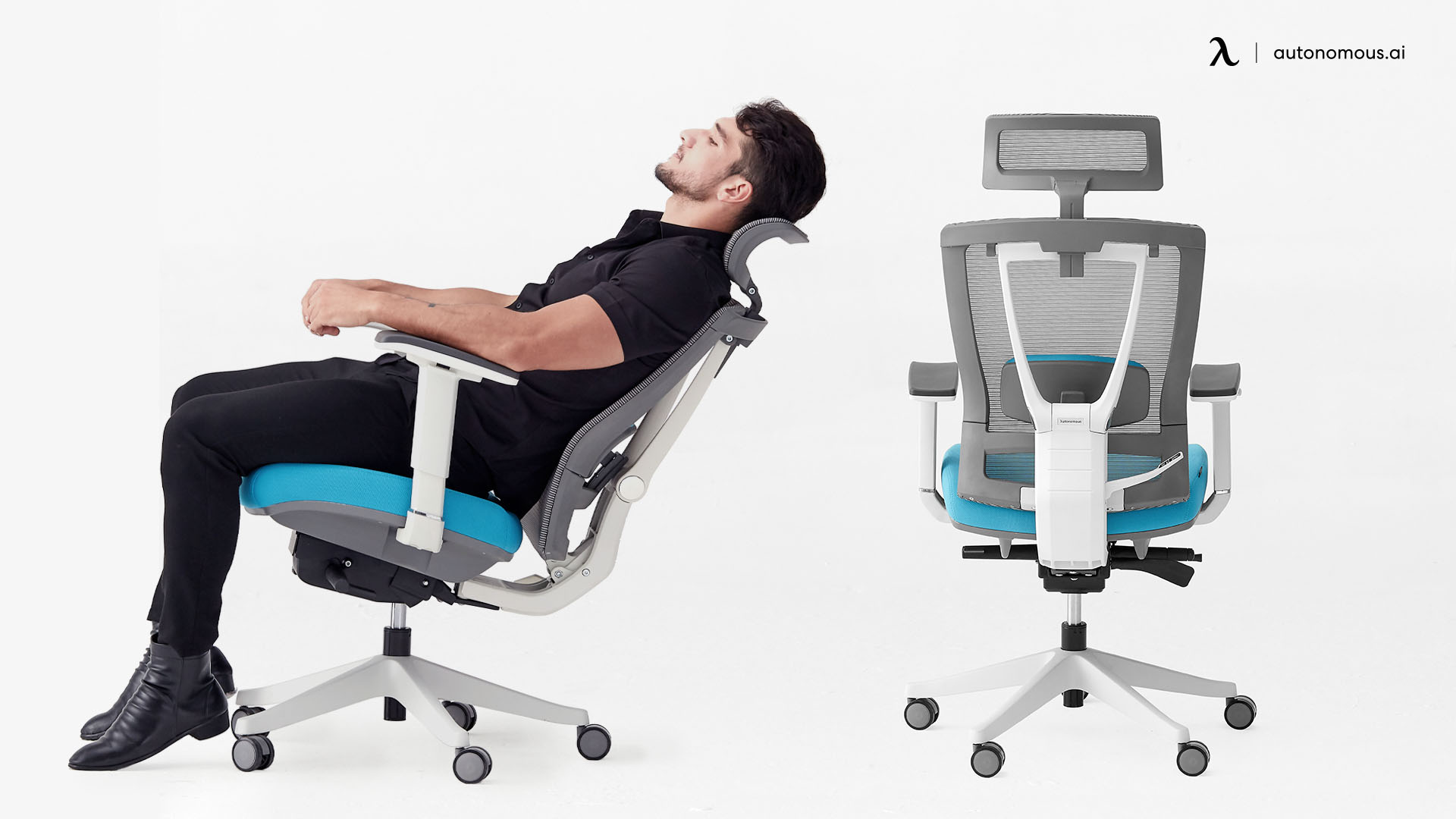Beyond the Chair: Best Chair For Herniated Disc

Finding the right chair is a great start to managing back pain from a herniated disc, but it’s only one piece of the puzzle, ayo! Think of it like this: the chair provides the foundation, but you need to build a strong, healthy structure on top of it. We’re talking about a holistic approach to pain management – a combination of support, movement, and lifestyle adjustments. Remember, *santai* and consistent effort are key!
Supplementary Support Strategies for Herniated Discs, Best chair for herniated disc
Beyond choosing the right chair, several other strategies significantly impact comfort and pain relief for individuals with herniated discs. These approaches work synergistically to strengthen your core, improve posture, and reduce pressure on your spine. It’s all about building that strong, healthy structure we talked about!
- Gentle Stretching: Regular stretching helps maintain flexibility and mobility in your spine and surrounding muscles. Focus on stretches that gently lengthen your back and legs, avoiding any movements that cause sharp pain. A simple example is the knee-to-chest stretch: gently pull one knee towards your chest, holding for 20-30 seconds. Repeat on the other side. Another beneficial stretch is the cat-cow pose, which gently moves your spine through flexion and extension. This helps improve spinal mobility and reduce stiffness. Imagine your spine as a playful cat, arching and curving.
- Strengthening Exercises: Building core strength is crucial for supporting your spine and reducing strain. Exercises like planks (holding your body in a straight line, supported by your forearms and toes), bird-dog (simultaneously extending opposite arm and leg while maintaining a neutral spine), and bridges (lifting your hips off the ground while lying on your back) are highly effective. Start slowly and gradually increase the duration and repetitions as your strength improves. Remember, *sabar* is key to building strength!
- Posture Awareness: Maintaining good posture throughout the day significantly reduces pressure on your spine. Pay attention to your posture while sitting, standing, and even sleeping. Try to keep your shoulders relaxed, your back straight, and your head aligned over your shoulders. Imagine a string gently pulling you upwards from the crown of your head. This helps maintain the natural curvature of your spine.
- Lifestyle Modifications: Making small changes to your daily routine can make a big difference. This includes maintaining a healthy weight (excess weight puts extra stress on your spine), avoiding activities that aggravate your pain, and getting enough rest. Prioritize sleep – aim for 7-9 hours of quality sleep each night. Adequate rest allows your body to repair and heal. Think of it as giving your body the time it needs to recharge and perform at its best.
Sample Daily Routine
Consistency is key! Here’s a sample daily routine incorporating the strategies above. Remember to listen to your body and adjust the routine as needed.
| Time | Activity | Duration |
|---|---|---|
| 7:00 AM | Gentle stretching (knee-to-chest, cat-cow) | 10 minutes |
| 8:00 AM | Posture check and adjustment throughout the workday | Ongoing |
| 12:00 PM | Lunch break – mindful movement, short walk | 15 minutes |
| 6:00 PM | Strengthening exercises (planks, bird-dog, bridges) | 15 minutes |
| 8:00 PM | Relaxing stretches | 10 minutes |
| 10:00 PM | Prepare for sleep in a comfortable position |
